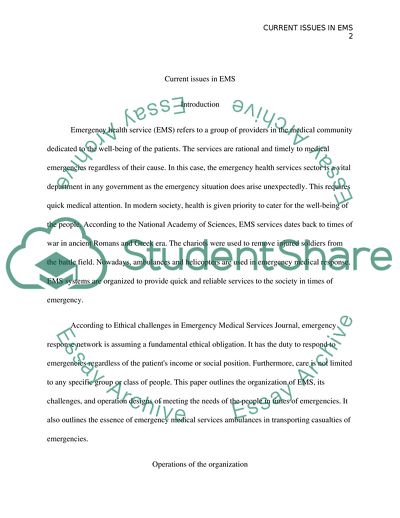Cite this document
(A current issues in EMS Essay Example | Topics and Well Written Essays - 1250 words, n.d.)
A current issues in EMS Essay Example | Topics and Well Written Essays - 1250 words. https://studentshare.org/medical-science/1788292-current-issues-in-ems
A current issues in EMS Essay Example | Topics and Well Written Essays - 1250 words. https://studentshare.org/medical-science/1788292-current-issues-in-ems
(A Current Issues in EMS Essay Example | Topics and Well Written Essays - 1250 Words)
A Current Issues in EMS Essay Example | Topics and Well Written Essays - 1250 Words. https://studentshare.org/medical-science/1788292-current-issues-in-ems.
A Current Issues in EMS Essay Example | Topics and Well Written Essays - 1250 Words. https://studentshare.org/medical-science/1788292-current-issues-in-ems.
“A Current Issues in EMS Essay Example | Topics and Well Written Essays - 1250 Words”. https://studentshare.org/medical-science/1788292-current-issues-in-ems.


